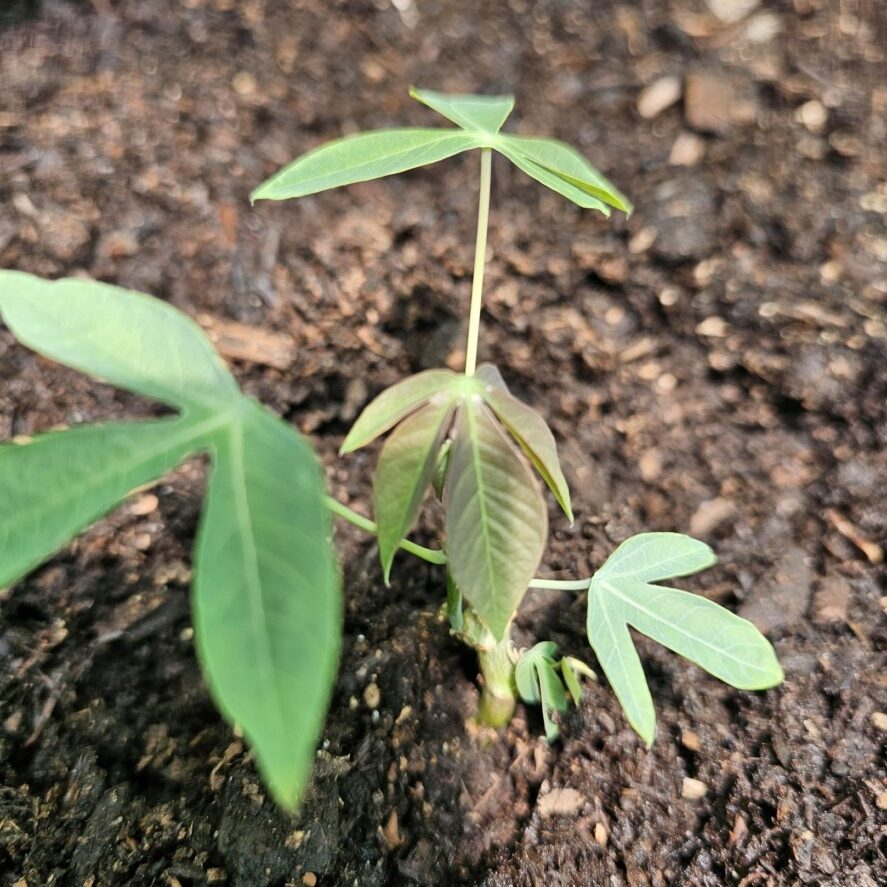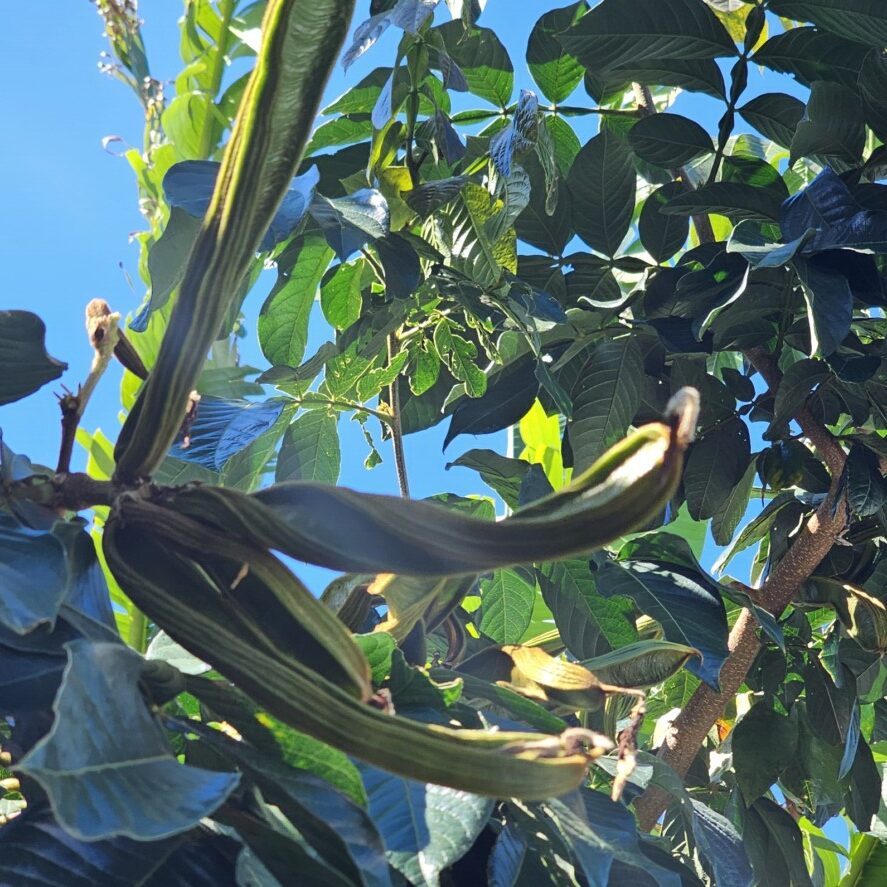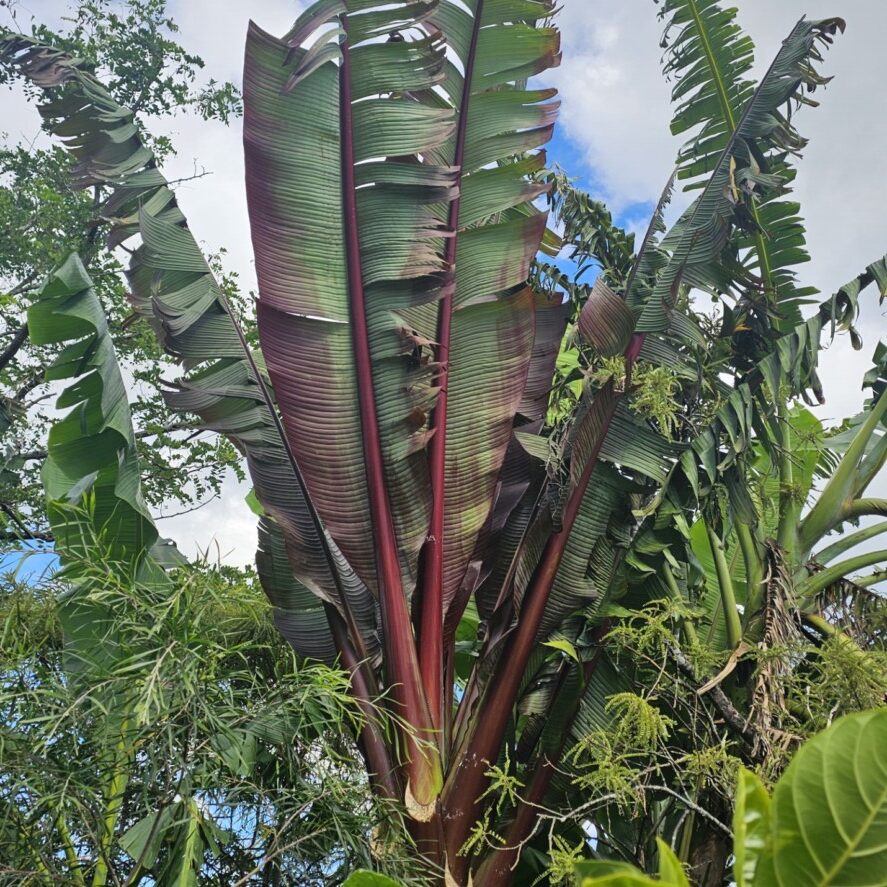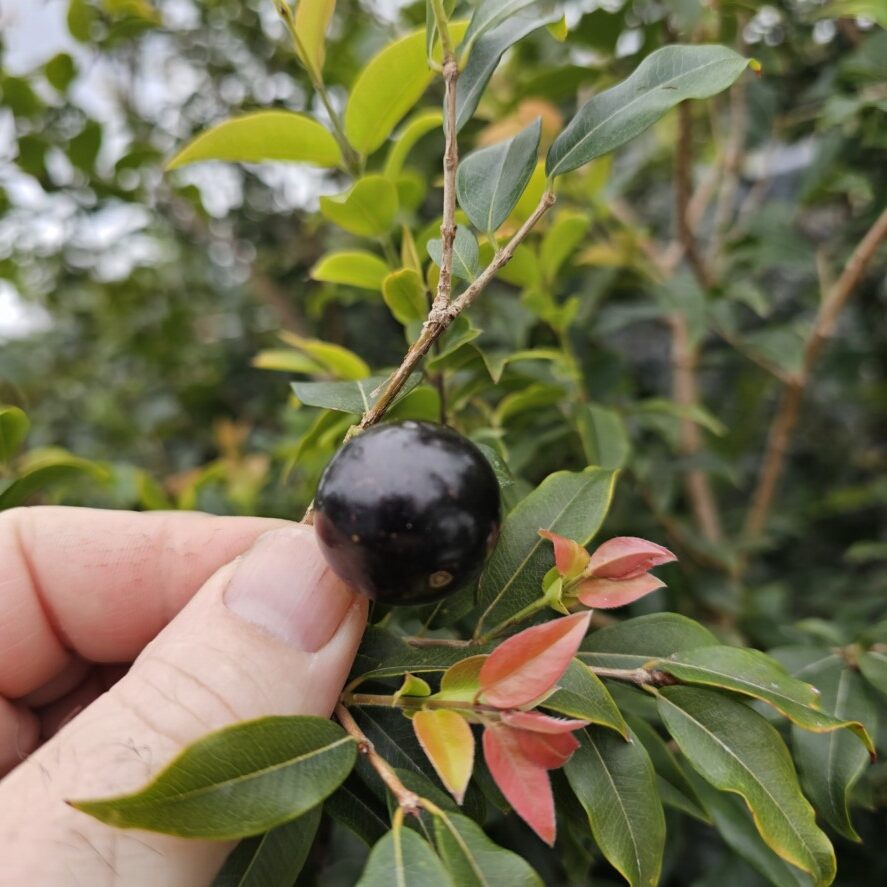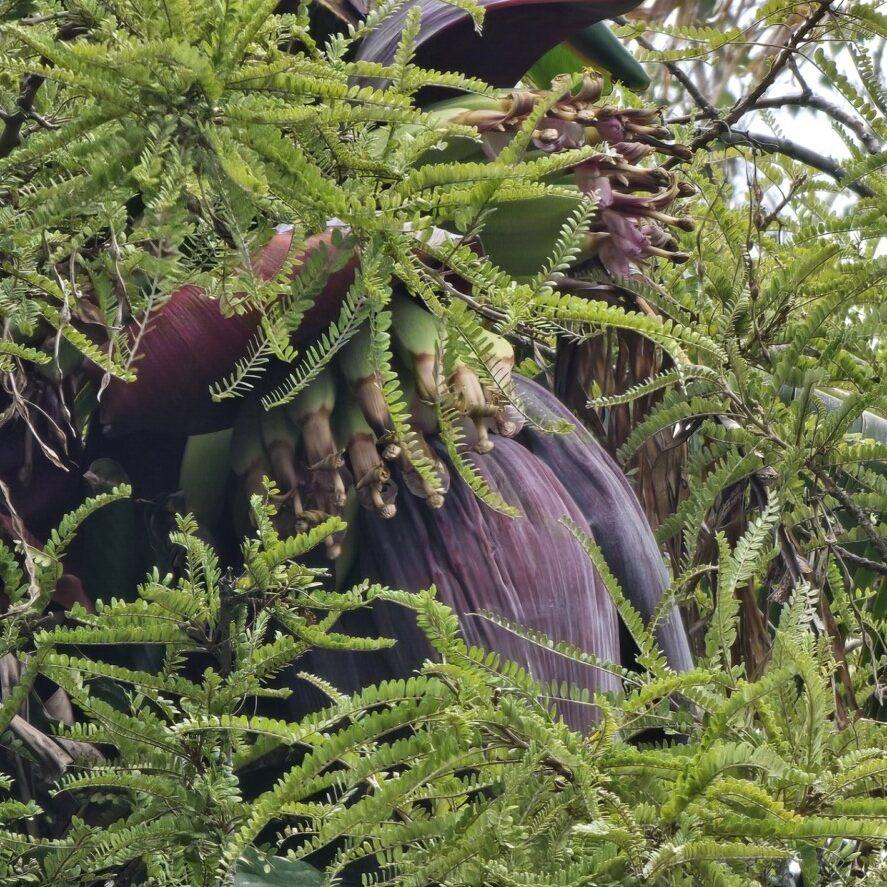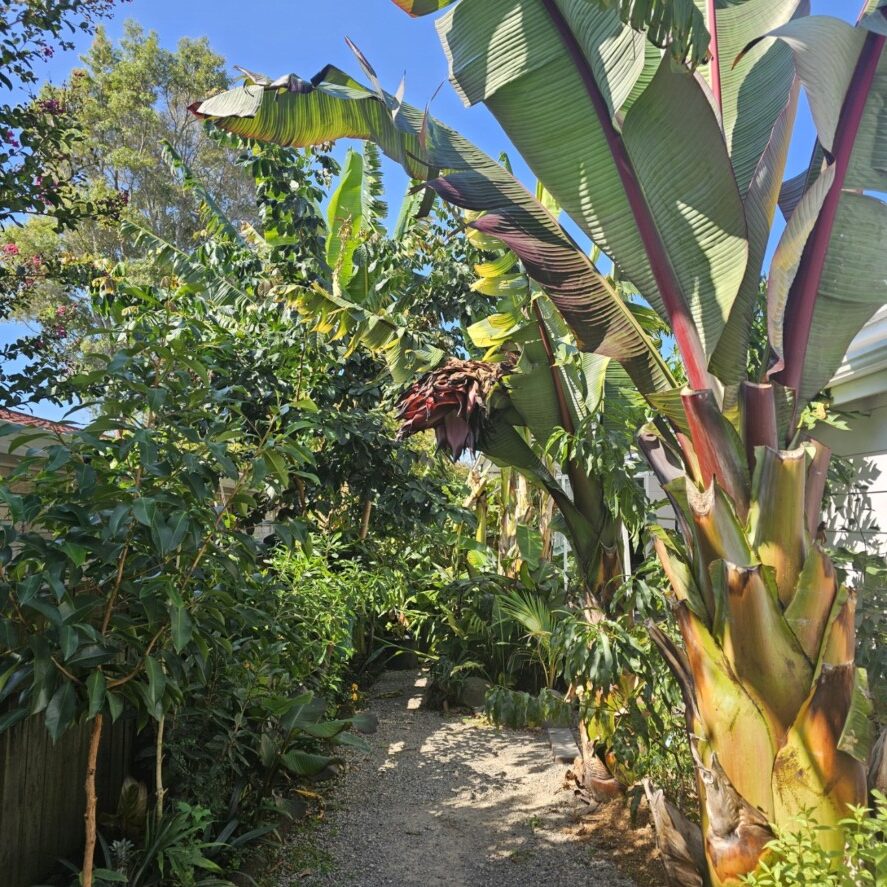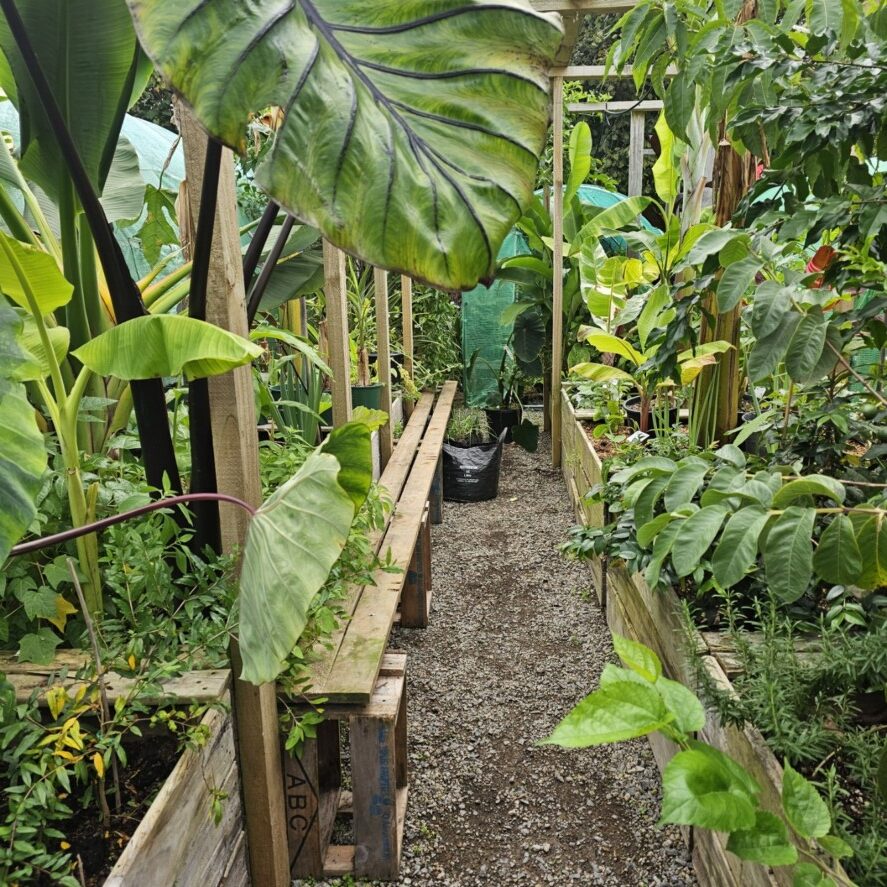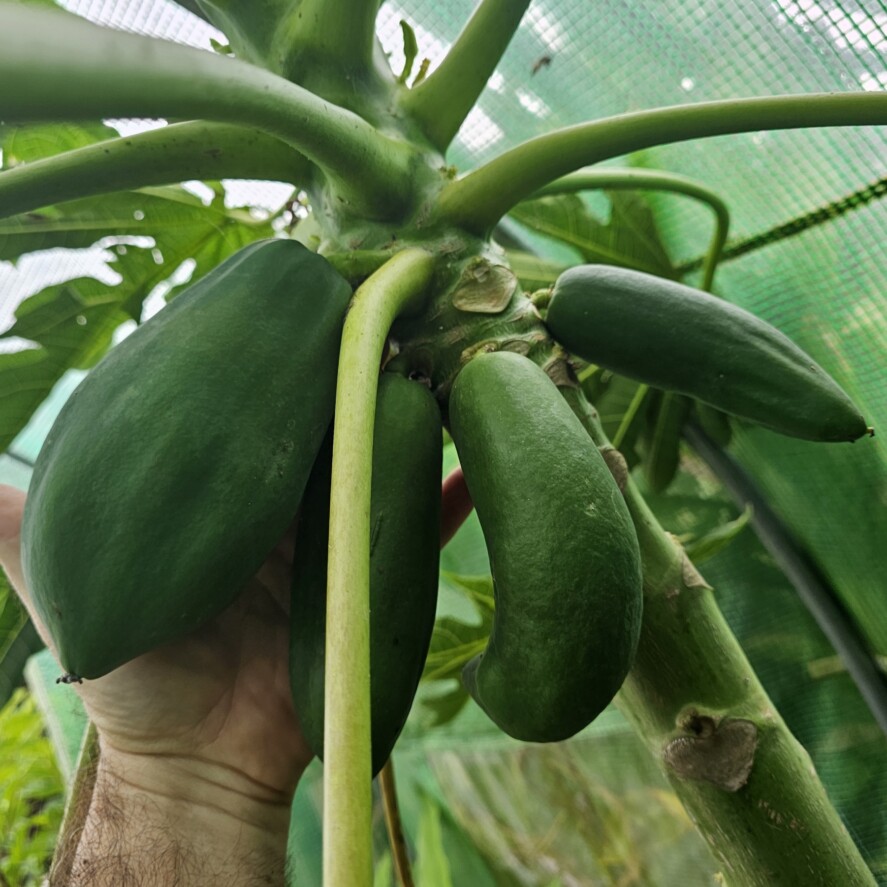-
Troppo Plant & Garden Articles
- Te Puke Region
- TROPPO’s Food Forest in Te Puke, BOP (www,foodforest.org.nz)
- Troppo’s Plant Collection
- TROPPO's Nursery Directory
- Food Forests of New Zealand (www.foodforests.nz)
- Nursery Map - Plant Suppliers of NZ Directory (www.nurserymap.nz)
- Kids Garden Corner
- New Zealand Garden Bird Survey
- New Zealand Garden Groups
- Delicious Recipes
Choosing the Right Aspect for Your Garden in Te Puke’s Unique Terrain
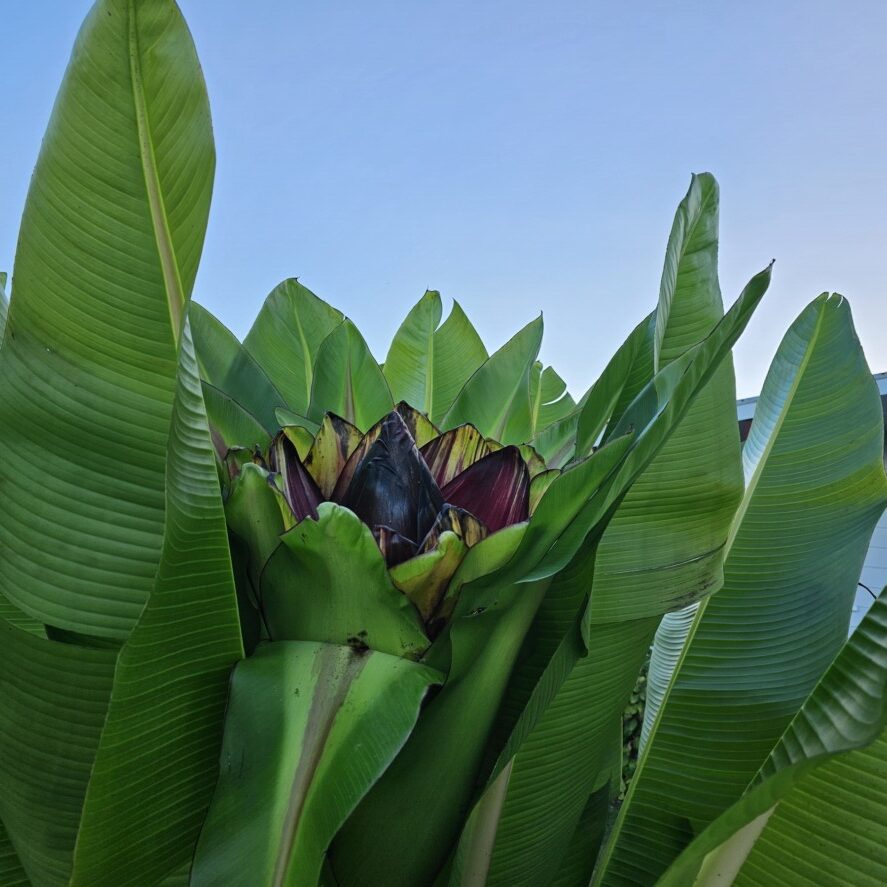
Choosing the Right Aspect for Your Garden in Te Puke’s Unique Terrain
Welcome, fellow green thumbs, to the wonderful world of gardening in Te Puke! Known as the Kiwifruit Capital of the World, this region boasts a rich horticultural heritage and a climate that can support a fantastic array of plants. But before you start digging, there’s a crucial element to consider that can significantly impact your gardening success: the aspect of your garden. Simply put, garden aspect refers to the direction your garden faces – north, south, east, or west. Understanding how each of these orientations interacts with Te Puke’s unique climate and terrain is the first step towards creating a thriving and bountiful garden. This guide is designed to walk you through the essentials, providing beginner gardeners with the knowledge to choose the perfect aspect for their green dreams in Te Puke.
Before diving into the specifics of aspect, it’s vital to understand the typical weather patterns that grace Te Puke throughout the year. This knowledge will help you anticipate the conditions your garden will face and make informed decisions about plant selection and placement. Data collected near Te Puke between 2012 and 2021 offers a glimpse into the annual climate. The hottest months tend to be January and February, with average high temperatures reaching the mid-70s Fahrenheit (around 23-24 degrees Celsius).1 This indicates a period of ample sunshine, perfect for many plants to flourish. Conversely, the shortest days occur around June, with the longest day stretching to 14 hours and 37 minutes around December 21st and the shortest shrinking to 9 hours and 22 minutes around June 22nd.3 This significant difference in daylight hours throughout the year means that the direction your garden faces will have a more noticeable effect on how much sunlight your plants receive depending on the season. Plants that thrive in full sun might do well across all aspects during the long summer days, but the limited sunlight in winter could make certain aspects more challenging for them. February typically enjoys the most clear, sunny days, averaging around 14.5 hours, while July sees the least with about 11.6 hours of sunshine.4 This further underscores the seasonal variation in sunlight availability.
Rainfall is another key factor. Te Puke experiences a generous amount of rain annually, with different sources indicating averages of around 1628 mm (64.1 inches) 3 or slightly less at approximately 40 inches (around 1016 mm) 1 and 36.49 inches (around 927 mm).2 The wettest months often fall around July and August 1, or June according to other data 2, while February tends to be the driest.5 The variation in monthly rainfall means that certain garden aspects might experience different levels of soil moisture. For instance, south-facing slopes in the Southern Hemisphere might retain more moisture because they receive less direct sunlight and therefore experience less evaporation.6 Understanding these patterns can help you choose plants that suit the moisture levels of your chosen aspect.
Winds also play a role in Te Puke’s climate. Average wind speeds are around 15-16 mph 1, suggesting a generally breezy environment. July and October are often the windiest months.1 While a consistent prevailing wind direction isn’t explicitly stated, winds from the West and Southwest have been noted 8, and forecasts indicate dynamic wind patterns.9 Notably, one report suggests a very low mean annual wind speed at a specific location in Te Puke 10, highlighting potential local variations. It’s also mentioned that in the wider Bay of Plenty region, day-to-day weather changes are often driven by wind direction, with north to northeast winds frequently bringing widespread and heavy rainfall.10 This suggests that gardens exposed to the north might need to be prepared for potentially significant rainfall events.
Now, let’s delve into the concept of garden aspect and how it affects your garden in the Southern Hemisphere. Unlike our gardening friends in the Northern Hemisphere, the sun’s path across the sky is different for us. In the Southern Hemisphere, the sun generally travels from east to west across the northern part of the sky. This fundamental difference reverses the traditional understanding of sunny and shady garden aspects.
A north-facing garden in Te Puke will be your sunniest spot. Because the sun tracks across the north, these gardens receive the most direct sunlight throughout the day, especially during the winter months when the sun is lower in the northern sky.11 Think of it as the equivalent of a south-facing garden in the Northern Hemisphere.
Conversely, a south-facing garden in Te Puke will be the shadiest. Since the sun spends most of its time in the northern part of the sky, south-facing areas receive the least direct sunlight and tend to be cooler, particularly during winter.6
An east-facing garden will greet the morning sun. These gardens enjoy sunlight in the earlier part of the day, which is often gentler, and then become shaded in the afternoon as the sun moves towards the west.17
Finally, a west-facing garden will bask in the afternoon and evening sun. These areas remain shaded in the morning but receive intense sunlight during the latter part of the day, which can lead to higher temperatures, especially in the summer.21
Understanding this reversed pattern is crucial for beginner gardeners in Te Puke who might come across gardening advice tailored for the Northern Hemisphere. What works in the north might have the opposite effect here in the south.
Considering Te Puke’s specific climate, each garden aspect presents its own set of advantages and disadvantages.
North-Facing Gardens: These gardens are likely to be highly productive, given Te Puke’s warm and sunny disposition. The abundance of sunlight makes them ideal for sun-loving plants, which include most vegetables, herbs, and fruits.14 The warmer soil can also encourage earlier planting and potentially faster growth. However, this aspect can become very hot and dry during the peak summer months, requiring consistent and potentially more frequent watering.24 Some delicate plants might also need protection from the intense midday sun through shading. The success of kiwifruit orchards in the region, often utilizing north-facing rows 25, highlights the benefit of maximizing sunlight for certain crops.
South-Facing Gardens: Offering a cooler and shadier environment, south-facing gardens can provide a welcome break from the intense summer sun. They are well-suited for plants that prefer shade, such as hostas, ferns, and some leafy greens.15 These gardens also tend to retain moisture for longer, potentially reducing the need for frequent watering, especially during drier periods. However, the limited direct sunlight might not be sufficient for plants that need full sun to flower or fruit properly.16 The soil might also take longer to warm up in spring, potentially delaying the start of the growing season for some plants.6 Due to the reduced sunlight and evaporation, these areas can also be more prone to dampness and the growth of moss, particularly during the winter months.
East-Facing Gardens: These gardens offer a beneficial balance by receiving gentle morning sun followed by afternoon shade.17 This pattern is well-suited for many plants, including some vegetables and flowers that appreciate morning sun but need protection from the harsher afternoon rays. The morning sun can also help to dry off any overnight dew, potentially reducing the risk of fungal diseases. However, they might not receive enough total sunlight for plants that require full, all-day exposure 19, and they can be cooler in the afternoon and evening.
West-Facing Gardens: Basking in the afternoon and evening sun, these gardens can be advantageous for plants that need warmth to ripen, such as tomatoes and peppers.21 The soil’s retention of heat from the afternoon sun can also extend the growing season into the cooler months. However, west-facing gardens in Te Puke are likely to experience intense afternoon sun, especially during the long summer days, which can scorch sensitive plants and dry out the soil quickly.21 Consistent watering and the use of mulch to help retain soil moisture and regulate temperature are crucial for success in these locations. Providing temporary shade during the hottest periods might also be beneficial for some plants.
The lay of the land in Te Puke, whether hilly or flat, can further influence sunlight exposure and create localized variations in climate known as microclimates.3
On hilly terrain, slopes facing north will naturally receive more direct sunlight, be warmer, and tend to be drier, while south-facing slopes will be shadier, cooler, and retain more moisture.30 Valleys can sometimes trap cold air, increasing the risk of frost.30 Hills can also act as natural barriers, providing shelter from winds on their downwind side, while the windward side might be more exposed.
Even on flat terrain, the presence of buildings, fences, and trees can create shaded areas and influence the local climate.11 For example, the north side of a tall structure will be shaded for a significant portion of the day in the Southern Hemisphere.11 Structures can also create “rain shadows,” where one area receives less rainfall due to the obstruction of moisture-laden winds.33
Microclimates are small areas within your garden that have slightly different environmental conditions compared to the surrounding area.30 A sheltered spot near a north-facing wall will likely be warmer, especially during winter 30, while the area under a large tree will be cooler and shadier. Even in Te Puke, where extreme temperature variations might be less common, these subtle differences can be significant for certain plants. For instance, moving semi-tropical plants like Cherimoya and Sugar Apple to a slightly warmer microclimate near a sheltered wall can help them thrive.34 Observing your garden carefully throughout the day and across seasons will help you identify these microclimates and position your plants accordingly.
To make the best choices for your garden, you’ll need to determine its aspect. Here are a few simple methods you can use. The most accurate way is to use a compass, either a physical one or a compass app on your smartphone.11 Stand in the center of your garden, facing away from your house, and note the direction the compass indicates. This will give you the primary aspect of your garden. If your garden is long or has an unusual shape, you might want to check the aspect in different sections.
Another way is to observe the sun’s movement.39 Notice where the sun rises in the morning (generally east) and where it sets in the evening (generally west). Pay attention to which parts of your garden receive direct sunlight at different times of the day. Tracking this over several days and ideally through different seasons will give you a good understanding of the sunlight patterns in your space.
While less crucial for basic aspect determination, some online tools and apps can help visualize sun paths and shadow patterns for your specific location.41 By entering your address, these tools can provide insights into how sunlight falls on your property throughout the year.
By understanding your garden’s aspect and the sunlight patterns it receives, you can start to address common gardening challenges in Te Puke more effectively. While Te Puke generally enjoys mild temperatures, choosing a north-facing slope or a sheltered north-facing area can help minimize the risk of frost in any colder pockets of your garden, as cold air tends to settle in lower areas. If your north-facing garden becomes excessively hot and sunny during the summer, consider using shade cloth to protect sensitive plants during the hottest parts of the day. You can also plant taller, sun-loving plants that might offer some dappled shade to lower-growing companions. For plants that prefer shade and are prone to scorching in full sun, a south-facing garden will likely be a better choice, offering a cooler and more protected environment, especially during Te Puke’s warm summers. If you find that your south-facing garden tends to stay quite moist, especially given the region’s rainfall, consider creating raised beds with good drainage to prevent waterlogging. For gardens in more exposed locations, understanding the prevailing wind patterns (potentially from the west or northeast) can help you choose an aspect that offers some natural protection or plan for windbreaks like hedges or fences. While garden aspect isn’t a direct solution for all pest and disease issues, the good sunlight exposure in north-facing gardens can help to dry foliage quickly, reducing the risk of fungal diseases. Ensuring proper air circulation, which can be influenced by your garden’s aspect and exposure to wind, is also beneficial for plant health.
One of the best ways to learn what works in Te Puke is to observe successful local gardens. While specific aspects might not always be obvious, you can often glean valuable information by noting the types of plants that are thriving and the overall layout of the gardens. The mention of north/south facing rows in kiwifruit orchards 25 suggests that maximizing sunlight is a key consideration for successful horticulture in this region, particularly for crops that require a lot of sun. The fact that tropical and subtropical plants are successfully cultivated in Te Puke 34 indicates that warmer, sunnier aspects or carefully managed microclimates are being utilized to mimic their native environments. Initiatives like the “Kids Kai Trail” 44 and community gardens 45 offer opportunities to see local gardening in action and potentially learn from more experienced gardeners about their aspect choices and successes.
Choosing the right garden aspect in Te Puke for your beginner garden involves a few key considerations:
- Observe Your Garden: Take the time to watch how sunlight moves across your garden throughout the day and during different times of the year. Note which areas are consistently sunny and which are mostly shaded.
- Identify Your Plant Preferences: Think about the types of plants you’d love to grow. Do they need lots of sunshine, or do they prefer shade? Research the specific light requirements of your chosen plants.
- Determine Your Garden’s Aspect: Use a compass to find out the primary direction your garden faces. Check different parts if your garden is large or irregularly shaped.
- Consider Terrain and Structures: If your garden is on a slope, note its direction. Pay attention to any buildings, fences, or trees that might cast shadows.
- Look for Microclimates: Identify any spots within your garden that seem warmer, cooler, sunnier, or shadier than the surrounding area.
- Plan Your Planting: Match your plants to the aspect and microclimate that best suit their needs. Group plants with similar light and water requirements together.
Here are some practical tips to keep in mind: For sun-loving vegetables and fruits, a north-facing aspect will generally provide the most sunlight. If your north-facing garden gets too hot, consider using temporary shade during the hottest part of the day. South-facing gardens are ideal for shade-loving plants, providing a cool and sheltered spot. East-facing gardens offer a good mix of morning sun and afternoon shade, suitable for a wide range of plants. West-facing gardens are great for plants that love heat, but be sure to water them consistently and consider using mulch. Don’t forget about vertical gardening techniques in shadier areas to maximize sunlight for climbing plants. Most importantly, remember that gardening is an ongoing learning experience. Observe how your plants respond in different locations and be willing to adjust your approach as needed.
In conclusion, choosing the right aspect for your garden in Te Puke’s unique terrain is a fundamental step towards gardening success. By understanding the interplay of sunlight, rainfall, wind, and the lay of your land with the different garden orientations, you can create an environment where your plants will thrive. Take the time to observe your space, consider the needs of your desired plants, and don’t be afraid to experiment. Happy gardening in beautiful Te Puke!
#TePukeGardening #GardenAspect #NewZealandGardening #BeginnerGardening #BayOfPlenty #HomegrownNZ #GrowYourOwn #SustainableGardening

